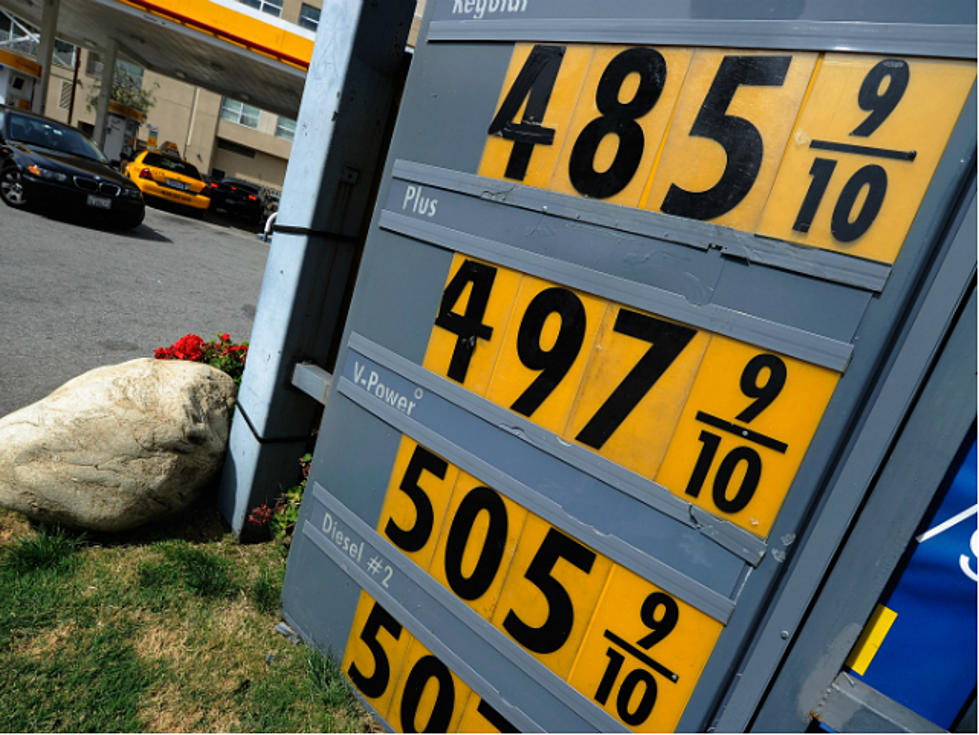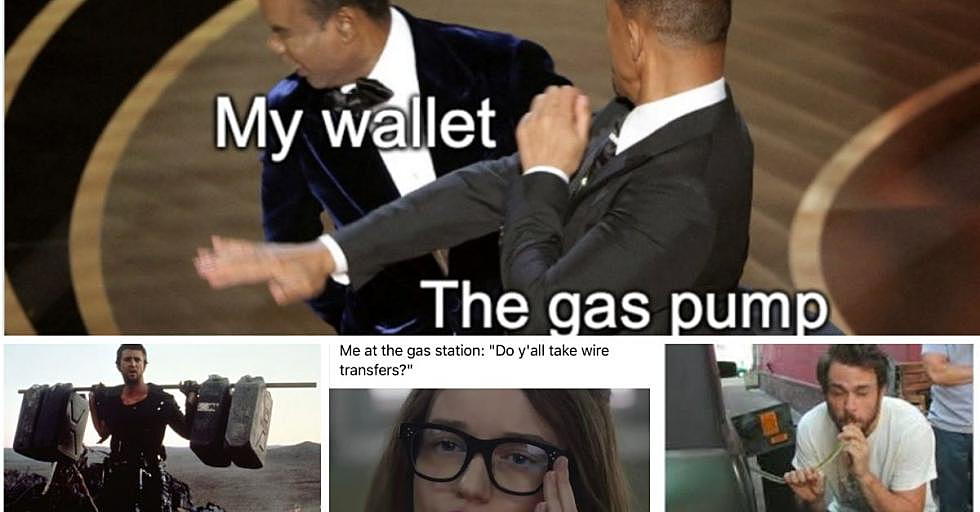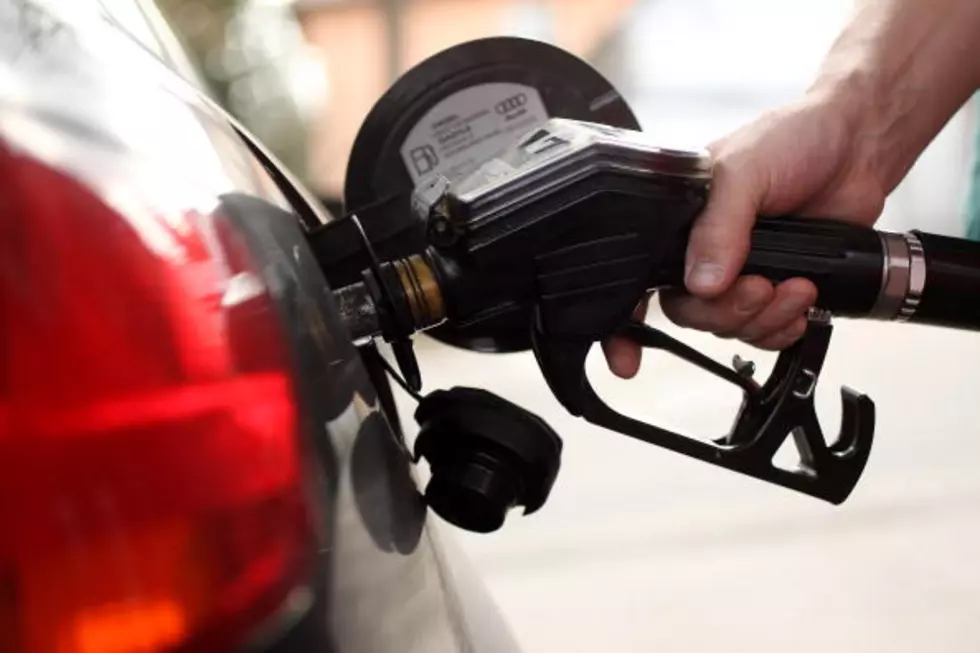
15 Clever Ways to Save Money on Gas
Turmoil in the Middle East is nothing new. Gas prices going up is nothing new. What is new is the possibility that we could be looking at prices at the pump lurking in the neighborhood of $5 a gallon by the summer. And that’s painful.
The good news is that there are a few things you can do to keep the rising cost of fuel from keeping you down. There are things you can do to pay less when you fill up and there are things you can do to fill up less often.
Pay Less Now at the Pump
1. Know Where to Fill Up
All gas prices are not the same. You could spend a couple of weeks or so checking out gas stations in your neck of the woods to see which ones tend to be lower. And, you can also check on the internet for sites that list gas prices in your area. Great sites to bookmark are GasBuddy and GasPriceWatch. GasBuddy has even set up individual sites for major metro areas and has a mobile app you can download onto your smartphone. Also, keep in mind that location counts. For example, gas stations next to interstate highways and freeways usually have higher prices. But don’t go too far off the beaten path — a busy gas station will be more likely to have fresh fuel, which will have more power than gas that has been sitting in tanks that aren’t used frequently.
2. Know When to Fill Up
Believe it or not, there are actually better times to put gas in your car than others. First of all, filling up in the morning or at night when it’s cooler is best for spending less. When the temperature is lower, pumps deliver more gas as those total price numbers are clicking forward. Also, when it’s cooler, less gas evaporates from your tank, so you’re actually getting what you pay for. Not only should you plan the time of day you fuel up, you also need to pick which day. Gas prices are statistically lower in the middle of the week. Stations will raise prices as people fill up in preparation for the weekend and then keep them up as people need gas to start the work week at the end of the weekend. Filling up between midday on Tuesday and midday on Wednesday is most likely your best bet for a good price.
3. Find Discounts Near You
These days, gas coupons are everywhere if you look for them. You can find coupons for fuel discounts on websites like RetailMeNot, ValPak and 8coupons.com. Also, check the websites of gas stations in your area. Smaller, regional fuel retailers are likely to be offering discount coupons for gas, and some of them even have double coupon days for better discounts. If you really want to spend less, you can purchase discounted gift cards at sites like PlasticJungle and GiftCards.com.
4. Get a Rewards Card
Most gas stations, regional or national, have a loyalty reward program for customers who sign up for and regularly use their gas cards. You have to buy gas, so it’s an easy way to earn points toward a discount on future fill-ups. Large companies like Exxon-Mobile, Gulf, BP-Amoco and Shell have rebate programs that can earn you up to five or 10 percent off the fuel you purchase. A lot of credit card companies are also now offering rewards on gas purchases. DoughRoller.net has put together a list of credit cards that now offer fuel paybacks. Just make sure you’re paying off that part of the balance on your card so you don’t add cost to the fuel by having to pay interest on your gas purchase.
5. Gas Up at the Store
Many grocery store and wholesale chains have added fuel and convenience stores to their list of offerings. Not only does this make things more convenient for you, it gives you an opportunity to get a discount. If a grocery store near you has a gas station associated with it, you can most likely get a discount on fuel for spending a certain amount of money at the store. Or, if you get a membership at a wholesale club, you can use that to get a discount at their pumps. Just make sure the cost of membership is more than recouped by the money you’ll save at the pump.
6. Purchase the Right Octane
Your car’s owner’s manual will tell you what type of fuel it needs to run its best. Most likely, the car’s manufacturer has a website that will also tell you what octane of fuel is the best for your make and model. If your car does not need higher octane gas, do not buy higher octane gas. Even the Federal Trade Commission will tell you it’s a waste of money.
Pay Up at the Pump Less Often
7. Get a Tune-Up
The first thing you should do to make sure your car is running at its peak fuel efficiency is to have it tuned up. All the spark plugs should be firing, the air and fuel filters should be clean and the oil should be fresh and the right grade for your car. A well-tuned engine can increase your gas mileage by four percent. And, the EPA says that having your wheels aligned can improve your gas mileage by up to ten percent.
8. Pump Tires, Not Gas
After your car is tuned up, make sure you keep your tires properly inflated. Your manual, and most likely a sticker on the inside of your driver’s side door, will tell you what the proper inflation level is for your tires. This very simple fix can improve your gas mileage by three percent.
9. Slow Down
We all know we should do this, but sometimes it’s easier said than done. But if you want to spend less money on gas, you need to slow down. Obeying posted speed limits can improve your fuel economy by a whopping 15 percent. This is especially true on the highway. Your gas mileage decreases very rapidly every five miles per hour you go above 60 miles per hour. Keep in mind that while going slow is good, not moving at all is bad. Letting your car idle can kill your gas mileage. Idling actually uses more fuel than turning the car off and back on again. Don’t idle for more than a minute.
10. Lighten Your Foot
Hitting the accelerator hard at traffic lights or to speed up on the highway is costing you a lot at the pump. If you stop trying to take off like you’re in a NASCAR race, you can see at least a five percent improvement in your gas mileage in town. If you take it easy on the highway, your gas mileage can improve by 33 percent.
11. Lighten Your Load
Those things you have in your car or truck that you’re not taking somewhere or using are costing you money at the pump. If you lighten your load a bit, you will reduce the drag on your vehicle and improve your fuel efficiency. For every 100 pounds of unnecessary weight you remove, you can boost your gas mileage by two percent. You should also remove things from the outside of your car that are causing drag, like the roof rack, cargo carrier and bug shield. And, of course, if you’re cruising on the highway, close your windows. That breeze in your hair is blowing money out of your wallet.
12. Don’t Stop to “Top Off”
If you want to spend less money at the pump, don’t stop to “top off” your tank if it just needs a few gallons. If you don’t spend much time at the pump, you will spend more money. When you just put in a few gallons, the pump doesn’t have enough time to activate, which means you’re getting short bursts of fuel while the total price numbers are clicking forward steadily. The timing of the fuel amount and cost doesn’t always synch, but it evens out if you pump long enough to fill your tank.
13. But Don’t Run On Empty, Either
On the flip side of that, you shouldn’t let your fuel tank run on empty, either. You may feel like you’re being efficient and using every last drop of fuel you can, but your car is actually using more gas. Even though you’re running on fumes, your car will keep trying to accelerate and decelerate in the usual way, but it will run less efficiently because you don’t have enough fuel. Fill your tank when it’s less than half full but not on the “E.”
14. Get Your Driving Done All At Once
Combining your errands into one, planned out, efficient trip can save you more in fuel costs than you think. Several short trips taken from a cold start can use twice as much gas as one trip that covers the same distance when the engine is warm. Think about where you need to go and how you can get to all the places and back without retracing your steps or going back and forth. You’ll find you also save yourself a lot of time, too.
15. Carpool
If you shared rides to work, you could be spending half or a quarter of what you spend on gas immediately. Public transportation or non-motorized vehicle travel is not always that simple, but carpooling can be easier than you think. If you work for a big company, see if they have a program for connecting employees with others who live near them and could share rides. If they don’t, encourage them to start one. Check to see if a similar program is available at your child’s school. If you have a big event to go to, see if you can organize a carpool. Then you save money on gas and parking. There are websites set up specifically to help people who want to share rides find each other. Check out eRideShare, RideShareOnline and CarpoolWorld to start.
More From Newstalk 860









